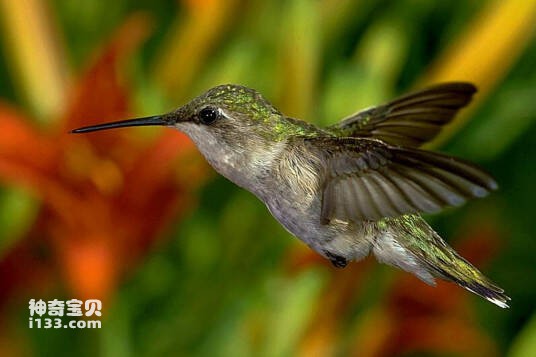
Taphrolesbia griseiventris
Taphrolesbia griseiventris,Grey-billed Comet
Taphrolesbia griseiventris, or Grey-billed Comet, is unknown.Protect wild an···
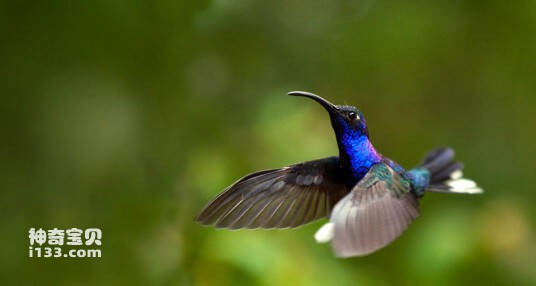
Sternoclyta cyanopecta
Sternoclyta cyanopecta,Violet-chested Hummingbird
The violet-breasted Hummingbird's scientific name is Sternoclyta cyanope···
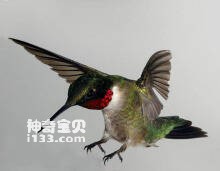
Stellula calliope
Stellula calliope,Calliope Hummingbird
The star Hummingbird is known as Stellula calliope and Calliope Hummingbird.···
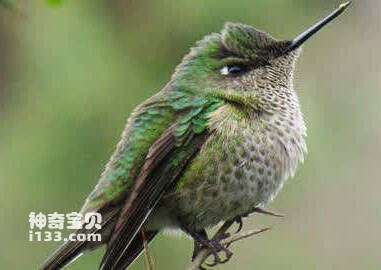
Sephanoides sephanoides
Sephanoides sephanoides,Green-backed Firecrown
The hummingbird's scientific name is Sephanoides sephanoides, and its fo···
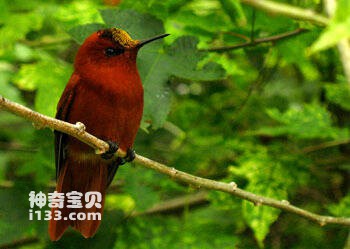
Sephanoides fernandensis
Sephanoides fernandensis,Juan Fernandez Firecrown
The fire-crowned hummingbird (Sephanoides fernandensis, Juan Fernandez Firec···
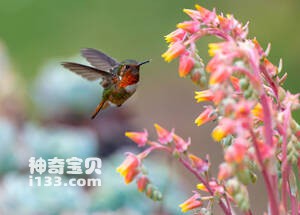
Selasphorus scintilla
Selasphorus scintilla,Scintillant Hummingbird
Scientific name Selasphorus scintilla, foreign name Scintillant Hummingbird,···
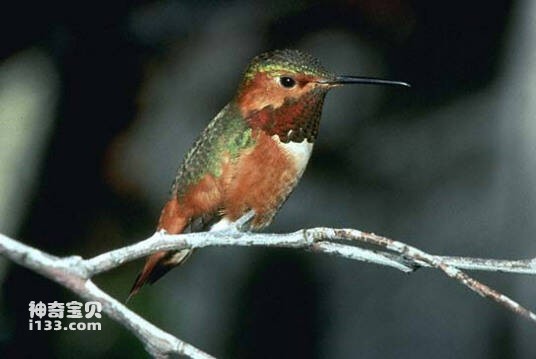
Selasphorus sasin
Selasphorus sasin,Allen's Hummingbird
The Hummingbird's scientific name is Selasphorus sasin, and its foreign ···
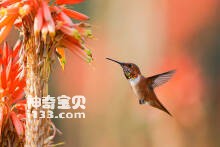
Selasphorus rufus
Selasphorus rufus,Rufous hummingbird
The Rufous hummingbird (Selasphorus rufus) is a small and medium-sized hummi···
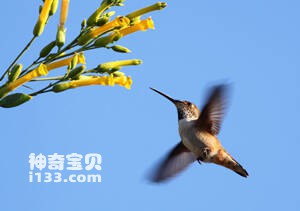
Selasphorus platycercus
Selasphorus platycercus,Broad-tailed Hummingbird
Its scientific name is Selasphorus platycercus, its foreign name is Broad-ta···
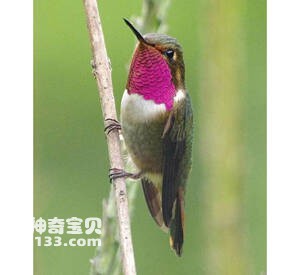
Selasphorus flammula
Selasphorus flammula,Rose-throated Hummingbird
The bird's scientific name is Selasphorus flammula, and its foreign name···
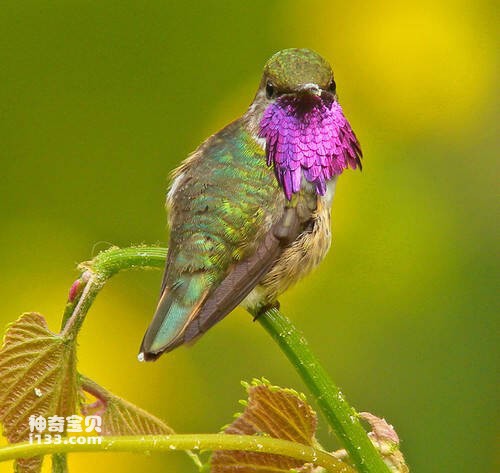
Selasphorus ardens
Selasphorus ardens,Glow-throated Hummingbird
Scientific name Selasphorus ardens, foreign name Glow-throated Hummingbird, ···
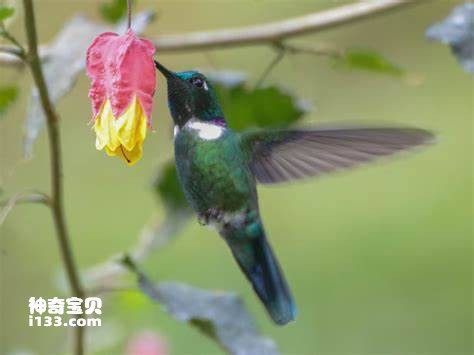
Augastes geoffroyi
Augastes geoffroyi,Wedge-billed Hummingbird
The Wedge-billed Hummingbird Augastes geoffroyi or wedge-billed hummingbird ···
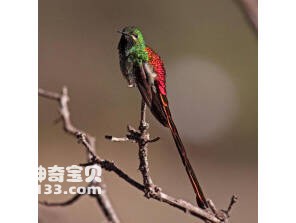
Sappho sparganura
Sappho sparganura,Red-tailed Comet
Sappho sparganura, also known as the Red-tailed Comet, has an unknown habita···
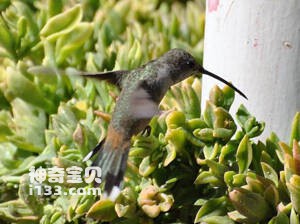
Rhodopis vesper
Rhodopis vesper,Oasis Hummingbird
The scientific name of the Oasis Hummingbird is Rhodopis vesper, the foreign···
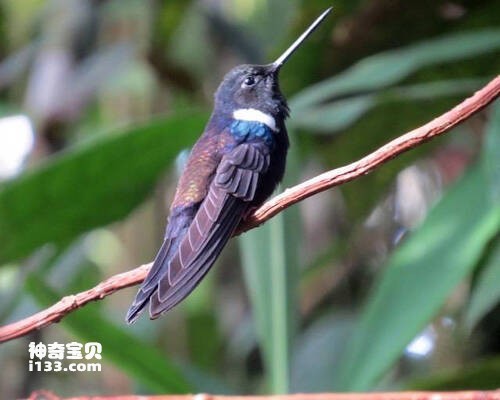
Ramphomicron microrhynchum
Ramphomicron microrhynchum,Purple-backed Thornbill
The hummingbird is known as Ramphomicron microrhynchum and Purple-backed Tho···
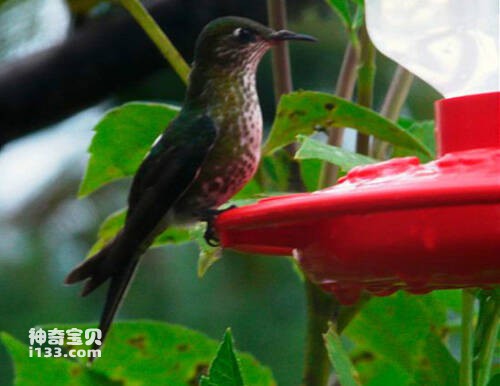
Ramphomicron dorsale
Ramphomicron dorsale,Black-backed Thornbill
The Black-backed Thornbill hummingbird is known as Ramphomicron dorsale and ···
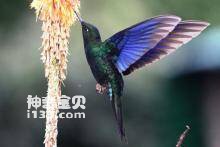
Pterophanes cyanopterus
Pterophanes cyanopterus,Great Sapphirewing
The blue-winged Great hummingbird is Pterophanes cyanopterus and Great Sapph···
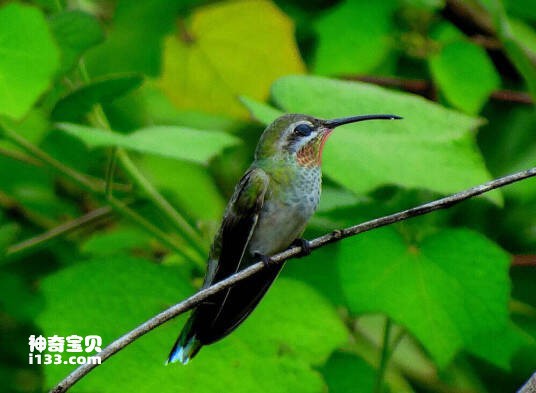
Polytmus theresiae
Polytmus theresiae,Green-tailed Goldenthroat
The species is known as Polytmus theresiae and Green-tailed Goldenthroat.Pro···
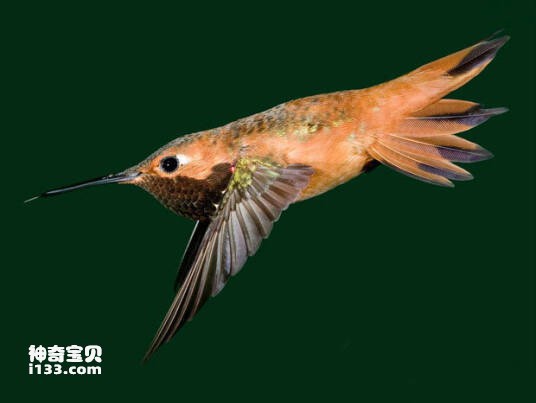
Polytmus milleri
Polytmus milleri,Tepui Goldenthroat
The black-billed and Goldenthroat hummingbird is known as Polytmus milleri o···
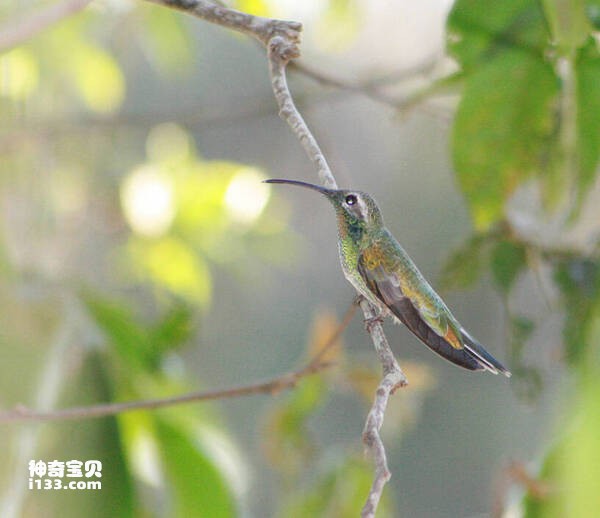
Polytmus guainumbi
Polytmus guainumbi,White-tailed Goldenthroat
The White-tailed Goldenthroat hummingbird is known as Polytmus guainumbi or ···
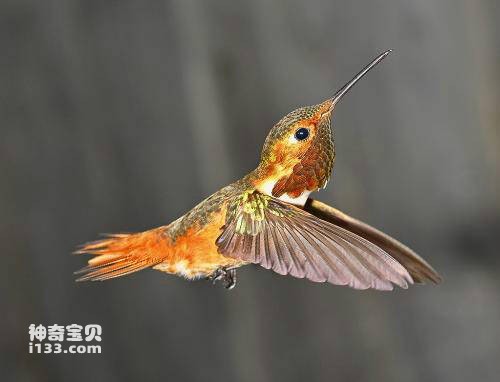
Polyonymus caroli
Polyonymus caroli,Bronze-tailed Comet
Copper-tailed hummingbird Polyonymus caroli, foreign name Bronze-tailed Come···
